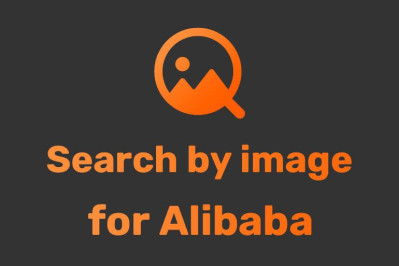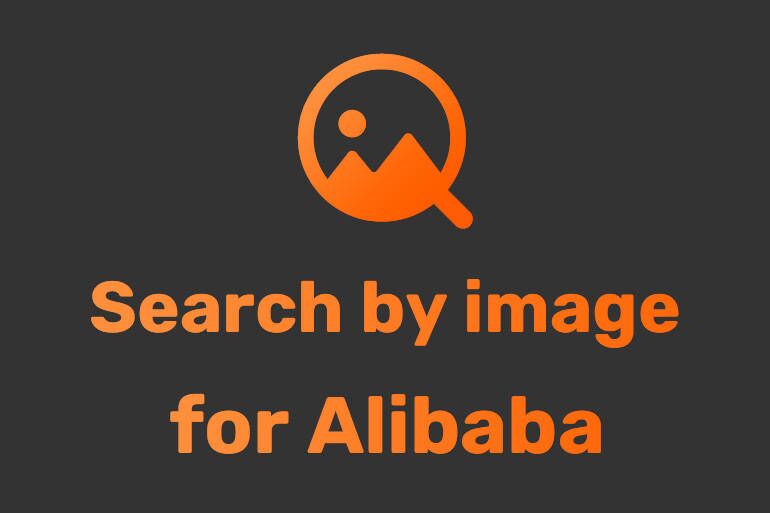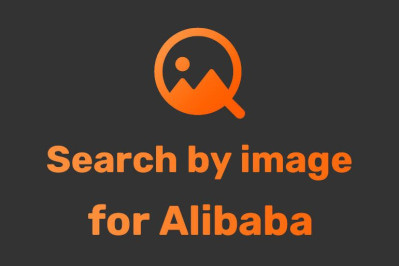

How to Import Products from China for Your E-Commerce Store: A Complete Guide to Sourcing, Shipping, and Sales
Starting an e-commerce store and looking to source products from China can be a highly profitable endeavor, thanks to China's vast manufacturing capabilities and affordable pricing. Whether you’re just beginning your import journey or you're looking for ways to optimize your process, this comprehensive guide will walk you through each step involved in importing products from China, including sourcing, shipping, customs clearance, and practical tips for e-commerce businesses.
Step 1: Sourcing Products from China
The first step in importing products from China is sourcing the right products for your store. With platforms like Alibaba, AliExpress, and 1688, you can easily find suppliers that offer a wide variety of products. These platforms allow you to browse different categories, compare prices, and connect with suppliers directly.
Here’s how you can go about sourcing products:
Research Suppliers: Use Alibaba and AliExpress to find trusted suppliers. Check their reviews, certifications, and product samples. Don’t hesitate to ask questions about production timelines, quality control, and any other concerns you might have.
Negotiate Prices: Prices can vary greatly depending on the order quantity and product type. Always negotiate with your suppliers to get the best deal, especially if you’re placing a large order.
Evaluate the Products: Always ask for samples to inspect product quality. This will help you avoid any issues later on, especially with bulk orders.
Step 2: Shipping Your Products
Once you’ve sourced your products, the next step is figuring out how to ship them. Shipping from China can be done in various ways, each offering pros and cons:
Air Freight: This is the fastest option, but also the most expensive. It’s best suited for smaller orders or urgent shipments.
Sea Freight: More economical for larger shipments, but it takes longer to arrive. It’s suitable for bulk imports where shipping time isn’t a primary concern.
Express Shipping: Services like DHL, FedEx, and UPS are reliable for fast deliveries, especially for smaller quantities.
Freight Forwarders: If you’re importing in larger volumes, a freight forwarder can help manage the logistics, including negotiating shipping rates and ensuring the goods reach your destination on time.
Remember to always ask for the necessary shipping documentation, such as commercial invoices, packing lists, and bills of lading, to ensure the process goes smoothly.
Step 3: Customs Clearance
Customs clearance can seem like a complicated process, but it’s essential to ensure that your products legally enter your country. Here’s what you need to keep in mind:
Customs Duties and Taxes: Be sure to research the import duties and taxes that apply to your products. This can vary depending on the product category and country. Products from China often come with specific tariffs, which you’ll need to factor into your total cost.
Customs Broker: A customs broker can help you navigate the paperwork and ensure compliance with local regulations. While you can manage this yourself, hiring a broker is particularly helpful for new importers who are not familiar with customs procedures.
Step 4: Managing Inventory
Once your products arrive, you need to think about how to store and manage your inventory. You have a few options:
Warehouse: You can store the products in your own warehouse, or choose a third-party fulfillment center (e.g., Amazon FBA).
Inventory Software: Use software tools to track stock levels, manage orders, and even automate restocking when necessary.
A solid inventory management system will help you ensure that your e-commerce store always has the right products in stock and ready for sale.
Step 5: Selling and Marketing Your Products
Now that your products are ready to sell, it’s time to get them into your customers' hands. Setting up an online store is relatively easy, with platforms like Shopify, WooCommerce, or Amazon offering all the tools you need to sell online.
Pricing: Make sure to set competitive prices that account for product cost, shipping, and any applicable customs duties or taxes.
Marketing: To drive traffic to your store, consider using digital marketing strategies like SEO, social media marketing, PPC ads, and influencer partnerships.
Also, remember to optimize your listings with the right keywords to ensure they appear in search results. If you’re looking to improve your e-commerce strategy and find similar products with ease, you can use the AliPrice Search by Image for China import plugin.
This plugin allows you to:
Search for the same products across multiple platforms.
Download images, translate them, and copy links for better sourcing.
Compare products by total sales, final prices (including shipping and discounts), minimum order quantity, and drop shipping options.
Export all these details to Excel to help you analyze and optimize your sourcing process.
Copy suggested keywords directly from dropdown menus to enhance your SEO and product listings.
Step 6: Tips for E-Commerce Businesses
Here are some additional tips to help make your import journey more successful:
Quality Control: Always inspect samples before placing large orders. It’s essential to ensure the quality of your products before they are shipped.
Building Relationships: Establish long-term relationships with suppliers to ensure more consistent product quality and better prices.
Start Small: Test the market with smaller orders before scaling up to avoid costly mistakes.
Use Technology: Implement automated systems for inventory, sales, and order tracking to save time and reduce errors.
Conclusion
Importing products from China can be a lucrative business opportunity, but it requires careful planning, effective sourcing, and strategic marketing. By following these steps and utilizing helpful tools like the AliPrice Search by Image for China import plugin, you can streamline the process and set your e-commerce store up for success.
Start sourcing today and watch your e-commerce business thrive!
#Import from China #Import China Goods #China Import Solutions #Sourcing From China #Buy From China #China Trade Import #Import From China To Your Country #China Products Import #China Wholesale Import #Import Business China #China Import Export








Log In Or Register To Add a Question